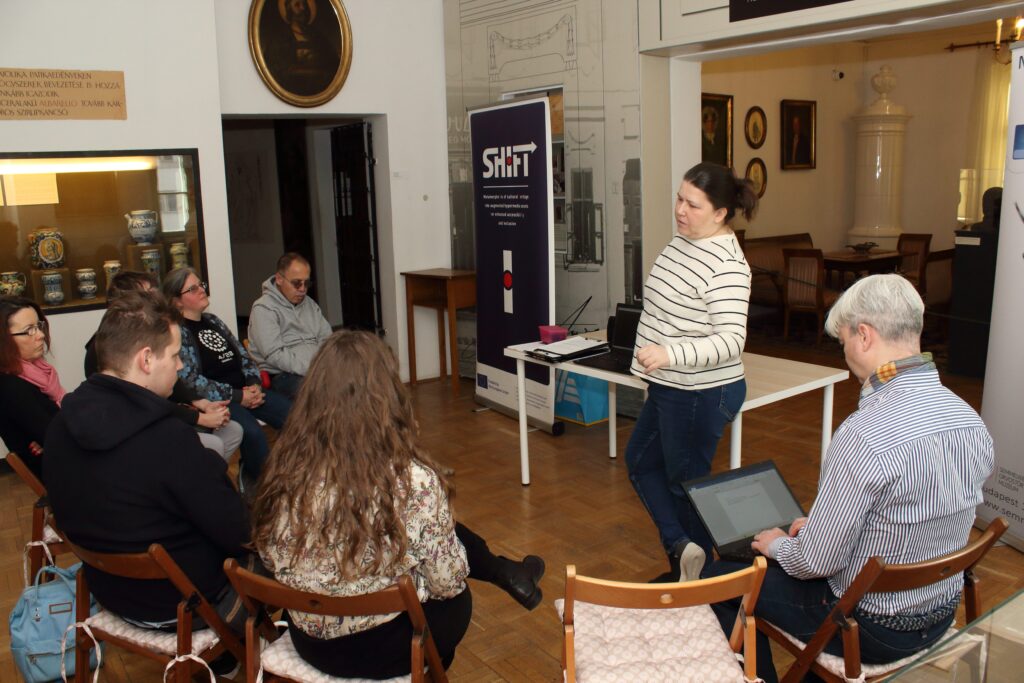Cultural accessibility has been given a prominent role in our project, which aims to make museum experiences more accessible to a wider audience. The latest workshop, held at the Semmelweis Museum of the History of Medicine, focused on the specific needs of blind and visually impaired visitors. The event was attended by a group from the Central Hungarian Regional Association of the Blind and Visually Impaired (VGYKE).

During the testing session the participants expressed diverse needs, which can help guide the work of the developers. The workshop showcased several innovations, including text-to-speech functionalities in different linguistic registers, animation programs, as well as VR headsets and haptic gloves, allowing visitors to experience exhibits through touch.
Feedback highlighted the importance of selecting appropriate font sizes and types, adjustable animation speeds, and the combination of visual and tactile experiences. The interactive solutions presented at the workshop, such as demonstrating the use of a trephine from the SOM collection through VR, open up new dimensions of museum visits not only for visually impaired individuals but for all visitors.
The SHIFT project continues to develop solutions that enhance cultural experiences for everyone. Further tests and feedback on the next steps will be available soon!
